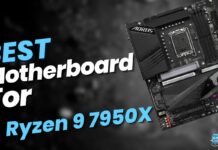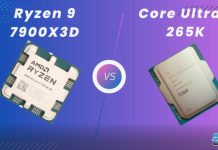AMD’s previous “3DV-cache” processor took the world by storm with its unparalleled performance. We now see the 3D-V cache technology make a return with the Ryzen 7000 series of processors. The Ryzen 9 7900X3D, in particular, ranks among the fastest processors on my test bench, which is why pairing the beastly Ryzen 9 7900X3D with just any other regular motherboard won’t do its phenomenal performance justice. My testing shows that the Ryzen 9 7900X3D must be paired with a powerful motherboard in order to maximize its performance and potential.
This comparison table showcases our top motherboard choices for the Ryzen 9 7900X3D:










Last Updated:
- May 23, 2024: I have changed the formatting to improve readability.
Got your hands on the Ryzen 9 7900X3D? Don’t miss our informative guides:
Best Motherboards For Ryzen 9 7900X3D
Having tested and worked with them extensively, these motherboards are my top picks for the Ryzen 9 7900X3D:
- Best Overall: MSI MAG B650 TOMAHAWK WiFi
- Best High-End: Gigabyte X670E AORUS Master
- Best Value: Gigabyte B650 AORUS Elite AX
- Best Mini-ITX: ASRock B650E PG-ITX WIFI
- Best White: ASUS ROG Strix B650-A Gaming
MSI MAG B650 TOMAHAWK WiFi
Best Overall Motherboard For Ryzen 9 7900X3D
Specifications: Chipset: AMD B650 | Memory: 4 x DIMM, 128GB MAX (DDR5) up to 6600 MHz | Video Outputs: HDMI, Display Port | Rear USB Ports: 1 x USB 3.2 Gen 2×2 Type-C, 3 x USB 3.2 Gen 1, 4 x USB 3.1 Gen 1, 2 x USB 2.0 | Network: WiFi 6E, 2.5G LAN | Storage: 3 x M.2, 6 x SATA III
Pros
- Capable cooling system
- 14+2+1 Duet Rail Power System
Cons
- Lack of PCIe Gen 5.0 Slot
The MSI MAG B650 TOMAHAWK WiFi Gaming comes encapsulated in an all-black coating, with everything ranging from the PCB to the heatsinks covered in a black finish. MSI has kept the design fairly standard for the B650 MAG TOMAHAWK, only adding a few sharp edges to the heatsinks in order to enhance the aesthetic elements. Packed with a 14+2+1 Duet Rail Power System, the MSI MAG B650 Tomahawk WiFi provides an effective power delivery that rivals that of higher-end motherboards. Not only that, but it also manages to cool down the VRMs efficiently with its multi-piece cooling system featuring 7W/mK thermal pads.
Storage needs are facilitated through the three PCIe Gen 4.0 M.2 slots and the 6 SATA ports. It is worth mentioning that the rear I/O is packed with a 2.5 GbE LAN port, WiFi 6E, as well as a strong selection of USB ports, including a USB 3.2 Gen 2×2 port for transmission speeds up to 20Gbps.
During my thorough testing of the MAG B650 Tomahawk WiFi, I was blown away by just how much value this board packs. Here’s what I said:
The MSI MAG B650 Tomahawk WiFi motherboard delivers robust performance at an affordable price, making it a great value for budget-conscious users. The motherboard features comprehensive USB connectivity with 23 ports, including a USB 3.2 Gen2x2 Type-C. The cooling solutions, including extended heatsinks and thermal pads, also performed impressively well in all my tests.
What Makes It The Best Overall Motherboard For Ryzen 9 7900X3D?
The MSI MAG B650 Tomahawk WiFi is packed with almost every feature you would want out of a mid-range motherboard. From the rigid build quality of the PCB to the inclusion of a 14+2+1 Phase VRM design, the MSI MAG B650 Tomahawk WiFi essentially nails all aspects of its functionality, making it the best overall motherboard for Ryzen 9 7900X3D.
| VRM Performance: 8/10 | Value: 9/10 |
| Features: 9/10 | Design: 8/10 |
Gigabyte X670E AORUS Master
Best High-End Motherboard For Ryzen 9 7900X3D
Specifications: Chipset: AMD X670E | Memory: 4 x DIMM, 128GB MAX (DDR5) up to 6666 MHz | Video Outputs: HDMI, Display Port | Rear USB Ports: 1 x USB 3.2 Gen 2×2 Type-C, 5 x USB 3.2 Gen 2, 4 x USB 3.2 Gen 1, 2 x USB 2.0 | Network: WiFi 6E, 2.5G LAN | Storage: 4 x M.2, 6 x SATA III
Pros
- Exceptional thermal solution
- Capable power delivery
Cons
- Expensive
The Gigabyte X670E AORUS Master presents itself with an immediately distinguishable design featuring a black PCB and an AORUS logo engraved on the heatsinks. Not only that, the contrast between the black PCB and the silver accents on all of the heatsinks make for a splendid combination that accentuates its overall visual appearance. Contributing further to its phenomenal feature set is the 16+2+2 Digital VRM design that can comfortably handle the Ryzen 9 7900X3D at stock as well as full-turbo settings. It is also worth noting that each phase is rated at 105 Amps. Moreover, its 8-layer copper PCB goes hand-in-hand with its well-built VRM design.
Next-gen M.2 connectivity is ensured through the two PCIe Gen 5.0 M.2 slots, which are backed up with adequately sized heatsinks. Gigabyte has also managed to include the full suite of PCIe expansion slots, which unsurprisingly also includes a PCIe 5.0 expansion slot.
Our motherboard specialist, Nauman Siddique, was quite impressed by the features of the X670E AORUS Master:
“The GIGABYTE X670E AORUS MASTER has more than what meets the eye. In its brilliance, this motherboard packs the features that one would need to drive their high-end needs in computing.”
What Makes It The Best High-End Motherboard For Ryzen 9 7900X3D?
The Gigabyte X670E AORUS Master manages to stand out as a well-equipped motherboard, both for its phenomenal build quality and exceptional aesthetic characteristics, as well as for its excellent performance. All of that, combined with its fantastic blend of features, makes Gigabyte X670E AORUS Master the best high-end motherboard for Ryzen 9 7900X3D.
| VRM Performance: 9/10 | Value: 7/10 |
| Features: 10/10 | Design: 8/10 |
Gigabyte B650 AORUS Elite AX
Best Value Motherboard For Ryzen 9 7900X3D
Specifications: Chipset: AMD B650 | Memory: 4 x DIMM, 128GB MAX (DDR5) up to 6666 MHz | Video Outputs: HDMI, Display Port | Rear USB Ports: 1 x USB 3.2 Gen 2×2 Type-C, 4 x USB 3.2 Gen 2, 4 x USB 2.0 | Network: WiFi 6E, 2.5G LAN | Storage: 3 x M.2, 4 x SATA III
Pros
- Great Value
- 2x Gen 5 NVMe
- Decent cooling solution
Cons
- Lack of Debug LEDs
With its black-colored PCB, the board displays an elegant and aesthetically pleasing look. Gigabyte has shown a restrained approach towards RGB on this board, with it only being present on the chipset cover. The board is highly durable with an 8-layered PCB made with 2x thickened Copper. The B650 AORUS Elite AX features a digital VRM solution with its twin 14+2+1 phases ready for a maximum of 70 amps. It also has an 8-pin as well as the slightly older 4-pin CPU power connector. The high-quality MOSFETs present on the board also contribute to providing reliable and consistent power delivery.
For storage, the board features one PCIe 5.0 x4 M.2 slot and two PCIe 4.0 x4 M.2 slots, all with a thermal guard to prevent thermal throttling. Gigabyte has also kept connectivity up to the mark through its 2.5 GbE LAN support. As the name suggests, the B650 Elite AX has the modern WiFi 6E AX210.
Here’s what Nauman Siddique said after reviewing this value-packed beast:
At the end of the day, the B650 AORUS ELITE AX is almost a balanced feature set provider motherboard that the user can get for their daily driver need. The game is strong with the storage department of this motherboard and USB Type-C Gen 2×2 port provisions as well, though don’t expect to find a PCIe Gen 5 X16 slot.
What Makes It The Best Value Motherboard For Ryzen 9 7900X3D?
The B650 AORUS Elite AX is a great mid-range, feature-rich board. It offers a wide range of features at a fairly reasonable price. Despite coming with a limited set of expansion slot options, its unmatched price-to-performance ratio alone makes the B650 AORUS Elite AX the best value motherboard for Ryzen 9 7900X3D.
AMD does not allow multiplier-based overclocking on the 3D V-Cache CPUs including the Ryzen 9 7900X3D, so you can get away with a value-oriented motherboard quite easily. The 14+2+1 phase VRM design of the Gigabyte B650 AORUS Elite AX is perfectly well-equipped to handle this CPU at its maximum turbo behavior.
– Dr. Usman Saleem
| VRM Performance: 8/10 | Value: 10/10 |
| Features: 8/10 | Design: 8/10 |
ASRock B650E PG-ITX WiFi
Best Mini-ITX Motherboard For Ryzen 9 7900X3D
Specifications: Chipset: AMD B650E | Memory: 2 x DIMM, 64GB MAX (DDR5) up to 6400 MHz | Video Outputs: HDMI | Rear USB Ports: 1 x USB 3.2 Gen 2×2, 3 x USB 3.2 Gen 2, 4 x USB 2.0 | Network: Intel WiFi 6E, 2.5G LAN | Storage: 2 x M.2, 2 x SATA III
Pros
- Decent Power Delivery System
- PCIe 5.0 M.2 slot
- Compact Design
Cons
- No RGB
- Lack of Debug LEDs
ASRock’s B650E PG-ITX comes with a black coating on its PCB, along with a red stripe traversing down the IO cover. While ASRock has not gone too overboard with the looks, the simple design does suit the compact design. ASRock’s premium PCB design also includes a 10-layer PCB, improving signal integrity and durability. Its VRM setup consists of 10+2+1 power stages, with each phase rated at 105 Amps. While the power delivery system might seem inadequate to some people, my testing proves that it is fairly competent for most scenarios. ASRock has skilfully tackled the cooling issues by packing this board with a competent VRM heatsink.
Taking a look at its storage options, ASRock has included two M.2 slots in the motherboard. Despite being a mid-range offering, ASUS has accompanied the Gen 4.0 M.2 slot along with a Gen 5.0 M.2 socket. ASRock has included a single PCIe Gen 5 x 16 slot as well, which is unique for a B650E motherboard.
We asked our trusted motherboard expert, Nauman Siddique, for his perspective on the ASRock B650E PG-ITX.
“It is a tiny beast featuring an AM5 platform with a plethora of features and efficient cooling for key components”.
What Makes It The Best Mini-ITX Motherboard For Ryzen 9 7900X3D?
The ASRock B650E PG-ITX WiFi manages to deliver on a lot of the crucial aspects, including power delivery and storage. Those astounding feats as a mid-range option, coupled with its outstanding VRM and thermal capabilities, make ASRock B650E PG-ITX the best mini-ITX motherboard for Ryzen 9 7900X3D.
| VRM Performance: 8/10 | Value: 8/10 |
| Features: 9/10 | Design: 9/10 |
ASUS ROG Strix B650-A Gaming
Best White Motherboard For Ryzen 9 7900X3D
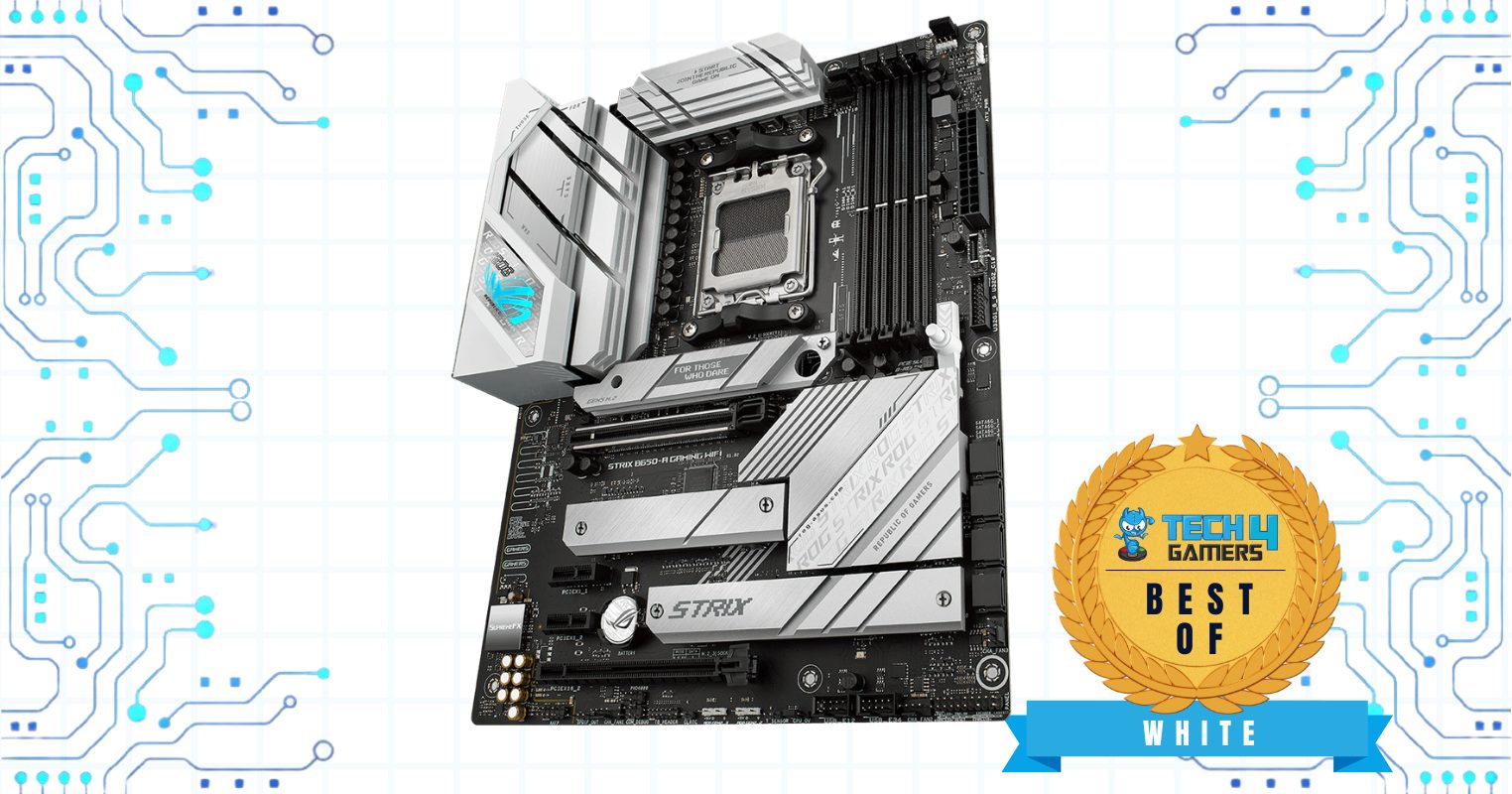
Specifications: Chipset: AMD B650 | Memory: 4 x DIMM, 128GB MAX (DDR5) up to 6400 MHz | Video Outputs: HDMI, Display Port | Rear USB Ports: 1 x USB 3.2 Gen 2×2 Type-C, 4 x USB 3.2 Gen 2, 4 x USB 2.0 | Network: WiFi 6E, 2.5G LAN | Storage: 3 x M.2, 4 x SATA III
Pros
- Sleek White Design
- Great Price-To-Performance ratio
Cons
- Lack of PCIe Gen 5.0 Slot
The ROG Strix B650-A Gaming, in particular, stands out for its remarkable contrast of the black and white color scheme. Accompanying the silver accents on the VRM heatsink is a Strix logo that also lights up. In fact, that is the only trace of RGB you can find in the entire motherboard. ASUS has backed the B650-A Gaming with a modest power delivery system comprising 12+2 power stages, rated at 60A each. The ROG Strix B650-A Gaming does not miss the mark when it comes to its thermal capabilities either. Equipped with a beefy VRM heatsink, it comes with an adequate cooling solution for this VRM.
Despite being an entry-level motherboard, ASUS has still included a total of three M.2 slots which all come with their separate heatsinks. You are not limited in regards to connectivity either, with ASUS including a single USB 3.2 Gen 2×2 port along with four additional USB 3.2 Gen 2.0 ports.
What Makes It The Best White Motherboard For Ryzen 9 7900X3D?
Coming with a well-equipped cooling solution and a great host of features, the ASUS ROG Strix B650-A Gaming leaves no stone unturned. Moreover, the modern design combined with the white heatsinks makes it an attractive pick as the best white motherboard for Ryzen 9 7900X3D.
| VRM Performance: 8/10 | Value: 8/10 |
| Features: 9/10 | Design: 10/10 |
How We Tested & Picked The Best Motherboards For Ryzen 9 7900X3D
Here are a few factors we considered when selecting the best motherboards for the Ryzen 9 7900X3D.
- VRM: The VRM is an intricate part of your computer system that is also responsible for contributing a lot to the overall performance and overclocking potential of your system. The VRMs are designed to regulate the flow of voltage to your processor. A capable VRM ensures a constant and uninterrupted flow of voltage to your components.
- Overclocking potential: The overclocking potential of your system determines how much performance you can squeeze out of a processor. In this case, the overclocking potential is vastly dependent on a few factors, including the VRM setup and your cooling solution.
- Heatsink – Cooling: Your motherboard’s cooling solution also has a sizeable impact on overclocking performance, allowing you to increase performance without being stopped by any thermal throttling issues. A motherboard’s cooling system mainly consists of a chipset heatsink, VRM heatsink, as well as separate heatsinks for the M.2 slots.
- Features: A feature-rich motherboard that comes with an abundance of connectivity options makes it future-proof. Naturally, a motherboard’s features are not just limited to its connectivity options, with the storage, VRM, and networking capabilities also playing a huge role in impacting its feature set.
- Price: It is important to make sure that the motherboard you end up with offers solid performance while also being reasonably priced. While higher-end motherboards are unsurprisingly going to come with an increased price tag, you should always go for a motherboard that caters to your needs.
Join Our Poll
Frequently Asked Questions
The Ryzen 9 7900X3D proves to be substantially better at gaming than its 7000 series counterpart. It comfortably handles every modern triple-A title as long as you have a capable graphics card to back it up.
The Ryzen 9 7900X3D makes use of AMD’s latest 3D-V Cache technology, allowing it to perform better than the Ryzen 9 7900X.
Our testing extends to other Ryzen 7000 series motherboards as well:
- Best motherboards for Ryzen 9 7950X
- Best motherboards for Ryzen 9 7900X
- Best motherboards for Ryzen 7 7700X
- Best motherboards for Ryzen 5 7600X
Recent Updates
- December 2, 2023: Few text changes to improve readability. No products were changed.
Thank you! Please share your positive feedback. 🔋
How could we improve this post? Please Help us. 😔
[Reviews Specialist]
Usman Saleem brings 8+ years of comprehensive PC hardware expertise to the table. His journey in the tech world has involved in-depth tech analysis and insightful PC hardware reviews, perfecting over 6+ years of dedicated work. Usman’s commitment to staying authentic and relevant in the field is underscored by many professional certifications, including a recent one in Google IT Support Specialization.
8+ years of specialized PC hardware coverage
6+ years of in-depth PC hardware analysis and reviews
Lead PC hardware expert across multiple tech journalism platforms
Certified in Google IT Support Specialization
Get In Touch: usman@tech4gamers.com


 Threads
Threads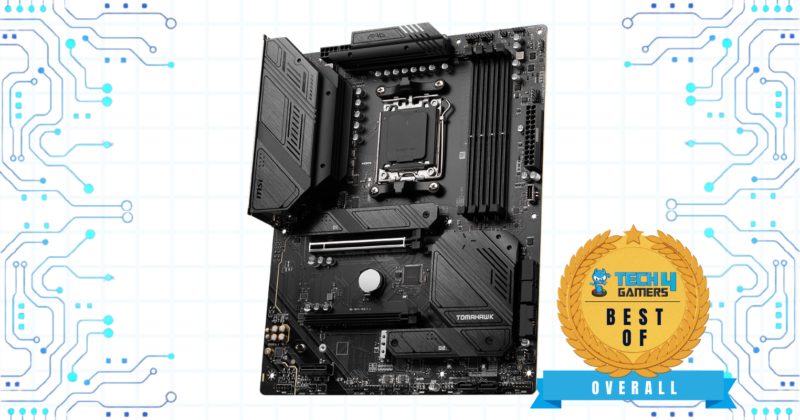
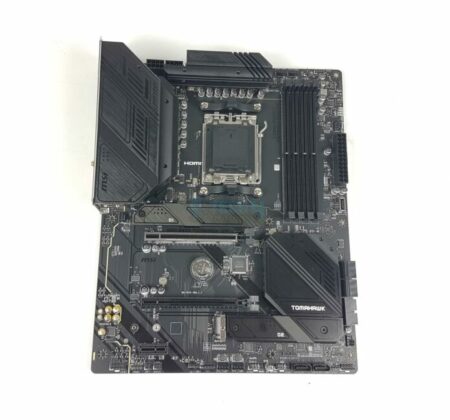
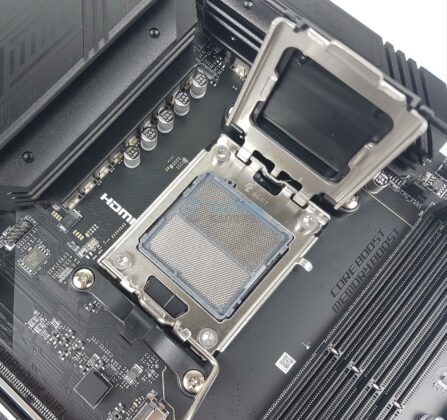
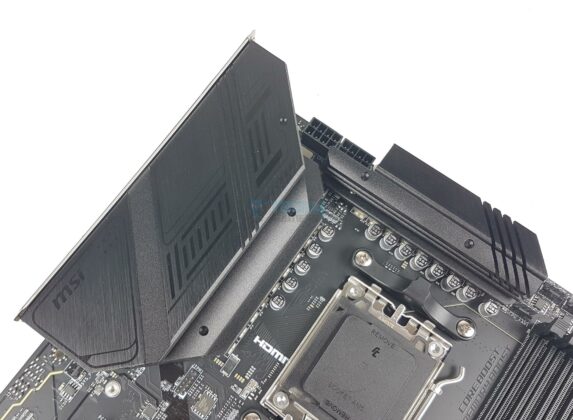
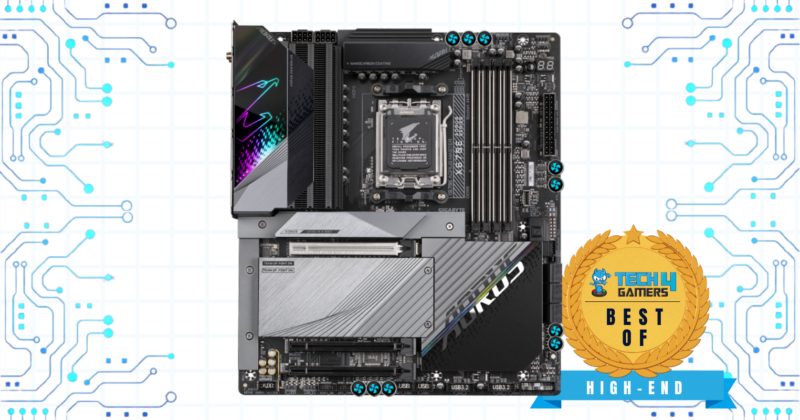
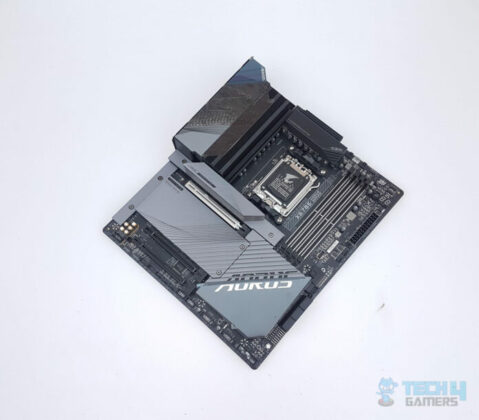
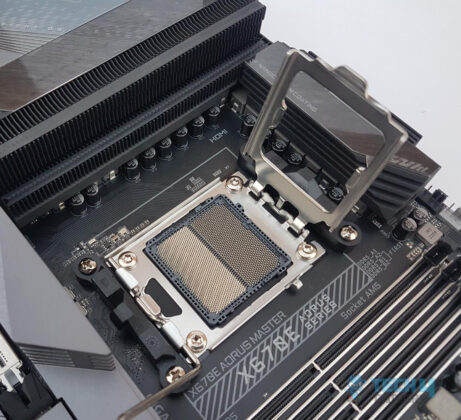
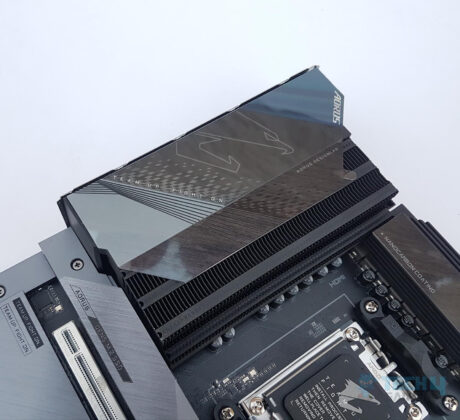
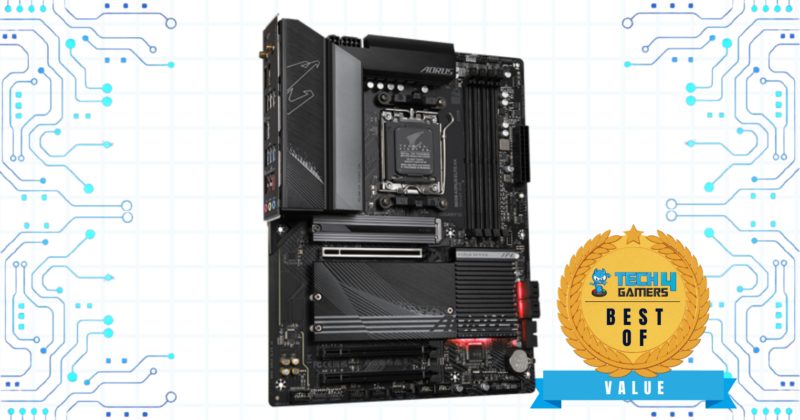
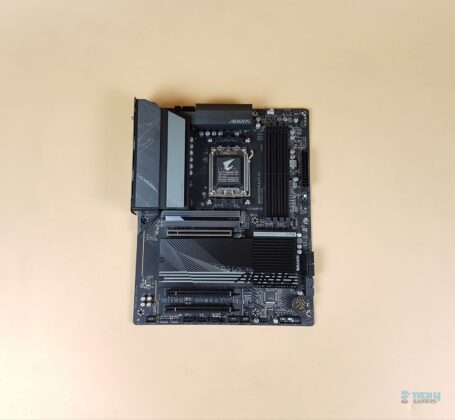
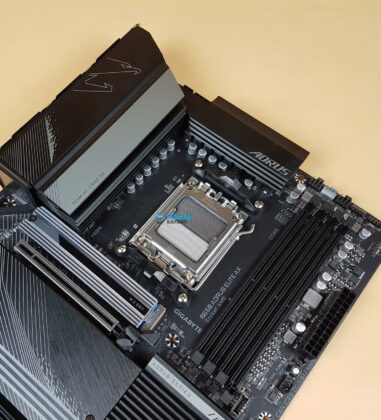
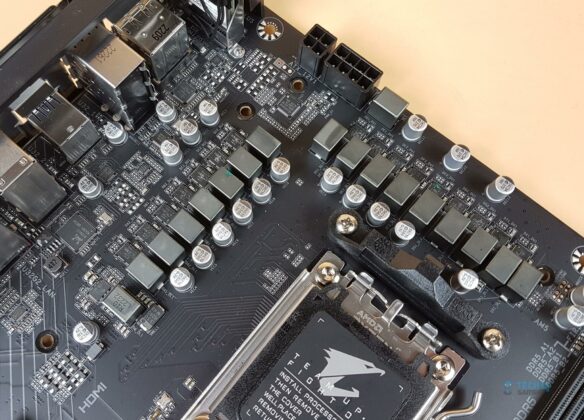
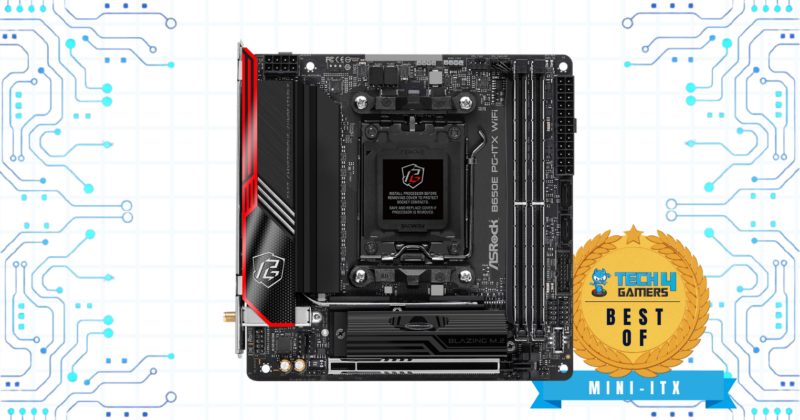
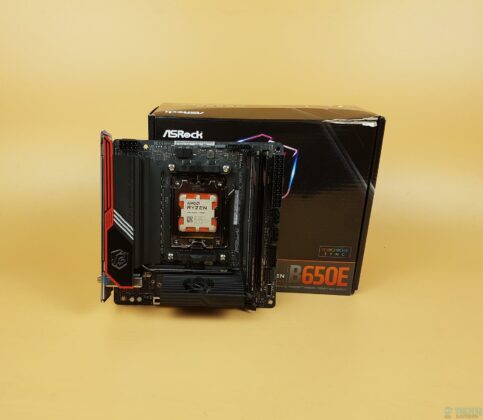
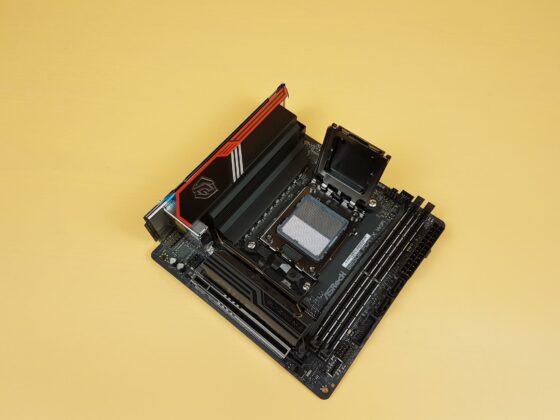
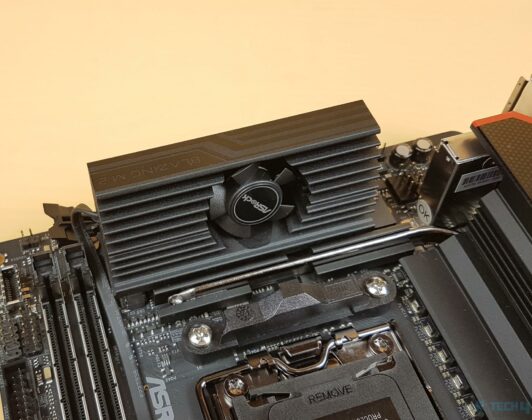
![Ryzen 9 7900X3D Vs Core i7-13700K [7 Games Tested] Ryzen 9 7900X3D Vs Core i7-13700K](https://tech4gamers.com/wp-content/uploads/2023/07/Ryzen-9-7900X3D-Vs-Core-i7-13700K-218x150.jpg)
![BEST Motherboards For Ryzen 9 5900X [Expert Suggestions] Best Motherboard For Ryzen 9 5900x](https://tech4gamers.com/wp-content/uploads/2022/01/Best-Motherboard-For-Ryzen-9-5900x-218x150.jpg)
![6 Best B650E Motherboards [Top Options] Best B650E Motherboards](https://tech4gamers.com/wp-content/uploads/2022/10/Best-B650E-Motherboards-218x150.jpg)
